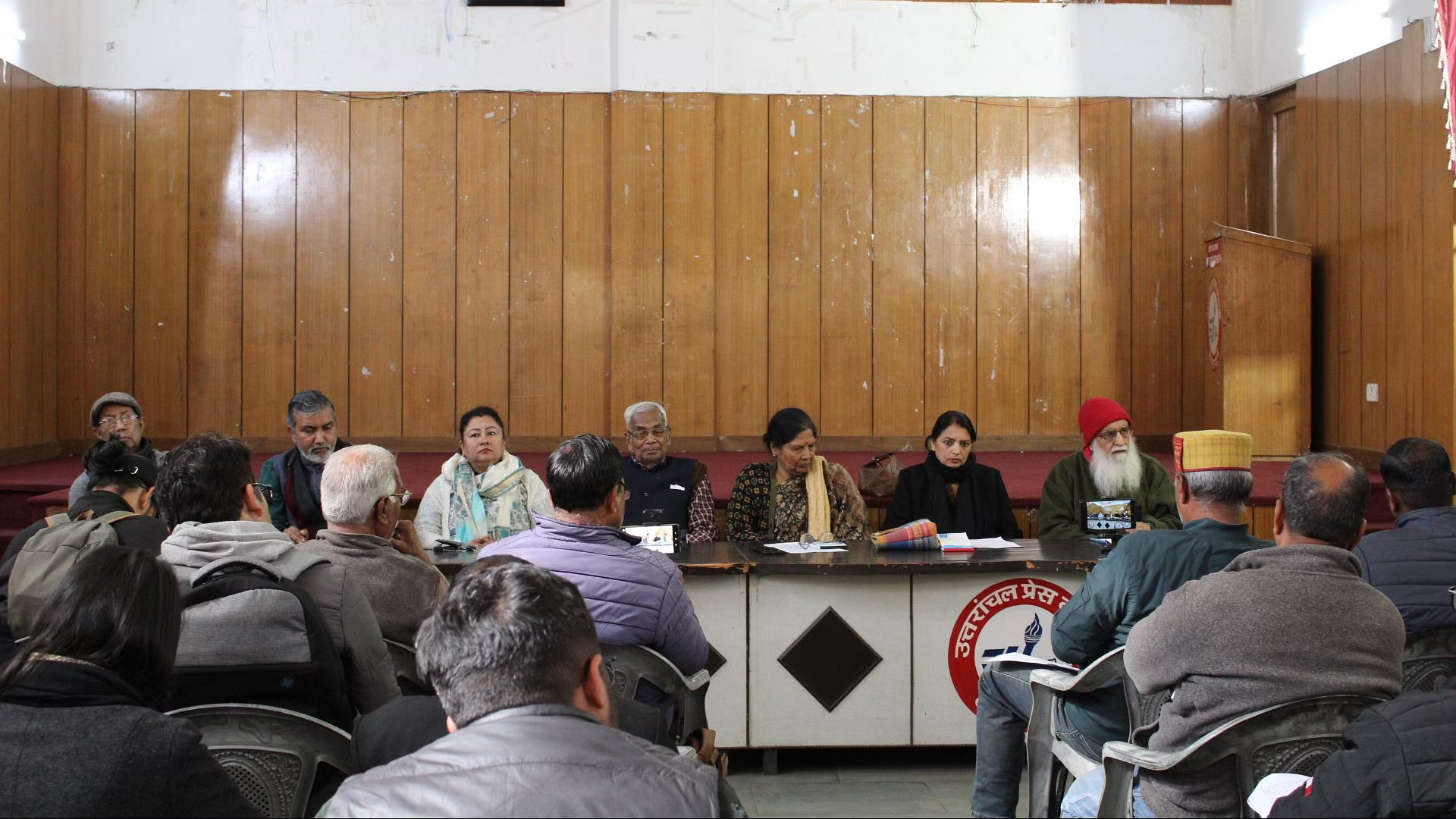
Restructuring India’s Labour Law Framework
Need for better working conditions, job security and a guarantee of wages for workers
Problem
The COVID-19 pandemic has demonstrated the failures of India’s labour law framework. Despite having an extensive network of legislation intended to protect the rights of workers, there has been little to no relief in the form of job security or economic buffers in these times of uncertainty. In an effort to contain the infection, there have been wholesale closures of factories, industries and workplaces. Despite clear government advisories requesting the retention of contractual workers, allowing sick leave, and payment of full wages; employers have still proceeded with retrenchment orders, resulting in one in four Indians being unemployed.
The gradual relaxation of the lockdown has resulted in several State governments suspending labour laws for a few years. This has been done in the hope of attracting capital investments and reducing the socio-economic unrest associated with widespread unemployment. This is a knee-jerk response. Its constitutional soundness and economic efficacy in attracting long term capital and reducing unemployment has not yet been established.
Before suspending the existing labour law framework, governments should question whether and how a flexible labour regime would incentivise additional capital investment, creating more employment.
Solution
Empirically, it has been demonstrated that flexibility in labour laws has no correlation with capital investments which create jobs. Simply diluting or removing worker rights does not appear to have a significant impact on unemployment rates. Conversely, there is evidence that a well-protected and productive workforce triggers capital inflows into new industries. In India, workplace protection has been through a network of government enforced-rights rather than by empowering labour collectives. The focus has been on a compliance framework, which has suffered from a lack of implementation.
Before suspending the existing labour law framework, governments should question whether and how a flexible labour regime would incentivise additional capital investment, creating more employment.
Substantive changes are required to refocus the regulatory lens from stringent employer compliances in workplace infrastructure to empowering labour collectives and allowing them to negotiate for their wages and working conditions in a fair, flexible, and transparent manner. This could have the effect of allowing both employers and workers to engage to re-calibrate their terms of work in line with existing economic conditions in a manner best suited to both parties. Better working conditions, job security and a guarantee of wages would incentivise Indian workers to return to core manufacturing regions and thus provide the necessary long-term safety net, not just in times of crises, but also during business-as-usual.
Implementation
- Amend the four labour codes to facilitate free and fair negotiations between investors and labour collectives – thus spurring the creation of humane jobs. These amendments should aim to incentivise investors to establish new factories.
- The manner of drafting such amendments should align with India’s international labour law obligations. Particularly, India should comply with Convention 144 (Tripartite Consultation) and involve all three stakeholders (governments, employers, and employees) in framing changes to the existing labour regulation.
- While the exact contours of the restructured legislation will depend on the results of the tripartite consultation, certain principles such as representative labour collectives, collective bargaining and equitable treatment of employers and employees could form the foundation of the changes.





